1. This movie of Satyajit Ray about the garden of Indra displayed the garden’s evident wealth disparity. In a sequence, the film cuts synchronously between shots of the royal guests indulging themselves and poor locals enjoying a meagre feast of rice and pork on the streets. This landed the film in a controversy that continued for decades.
Sikkim. (According to historical Indian literature original name of Sikkim was Indrakil, the garden of Lord Indra)

Sourced by the Telegraph
2. Satyajit Ray is renowned for the design of the covers of various books and magazines. One of his earliest ventures into this passion was for a book on history which was written from the viewpoint of a freedom-fighter, and is concerned more with the philosophical and spiritual underpinnings of Indian culture than with recounting a historical narrative. Which book are we talking about?
The Discovery of India by Jawaharlal Nehru
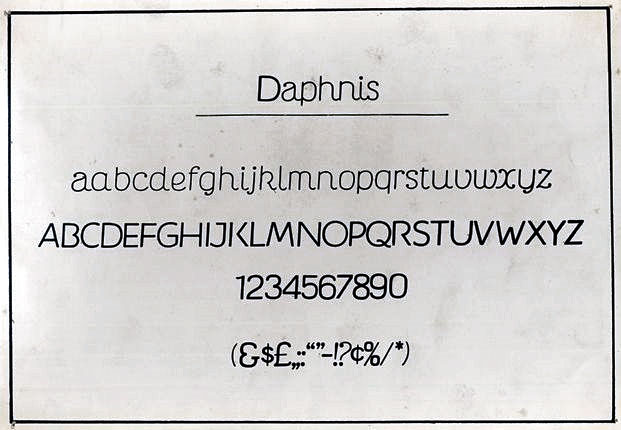
Sourced by the Telegraph
3. A proper noun connects Satyajit Ray, a mythological character who invented bucolic poetry and a tiny inner Saturnian moon. Name it.
Daphnis (Ray created the font Daphnis, Daphnis was a Greek mythological character who was a Sicilian shepherd and Daphnis is also one of the inner satellites of Saturn collectively known as “Shepherds of the Rings”)
4. Who connects Satyajit Ray, Rabindra Nath Tagore, Dev Anand, Geeta Bali?
Paul Zil, the German documentary filmmaker. In one of his earliest articles on Indian films ‘What’s wrong with Indian films?’, Satyajit Ray cited the ‘satisfying photography’ of Paul Zil’s UN documentary films as examples of what a discerning camera can do with the Indian landscape. Paul Zil also directed a Hindi movie called Zalzala, starring Dev Anand and Geeta Bali, based on Tagore’s Char Adhyay.
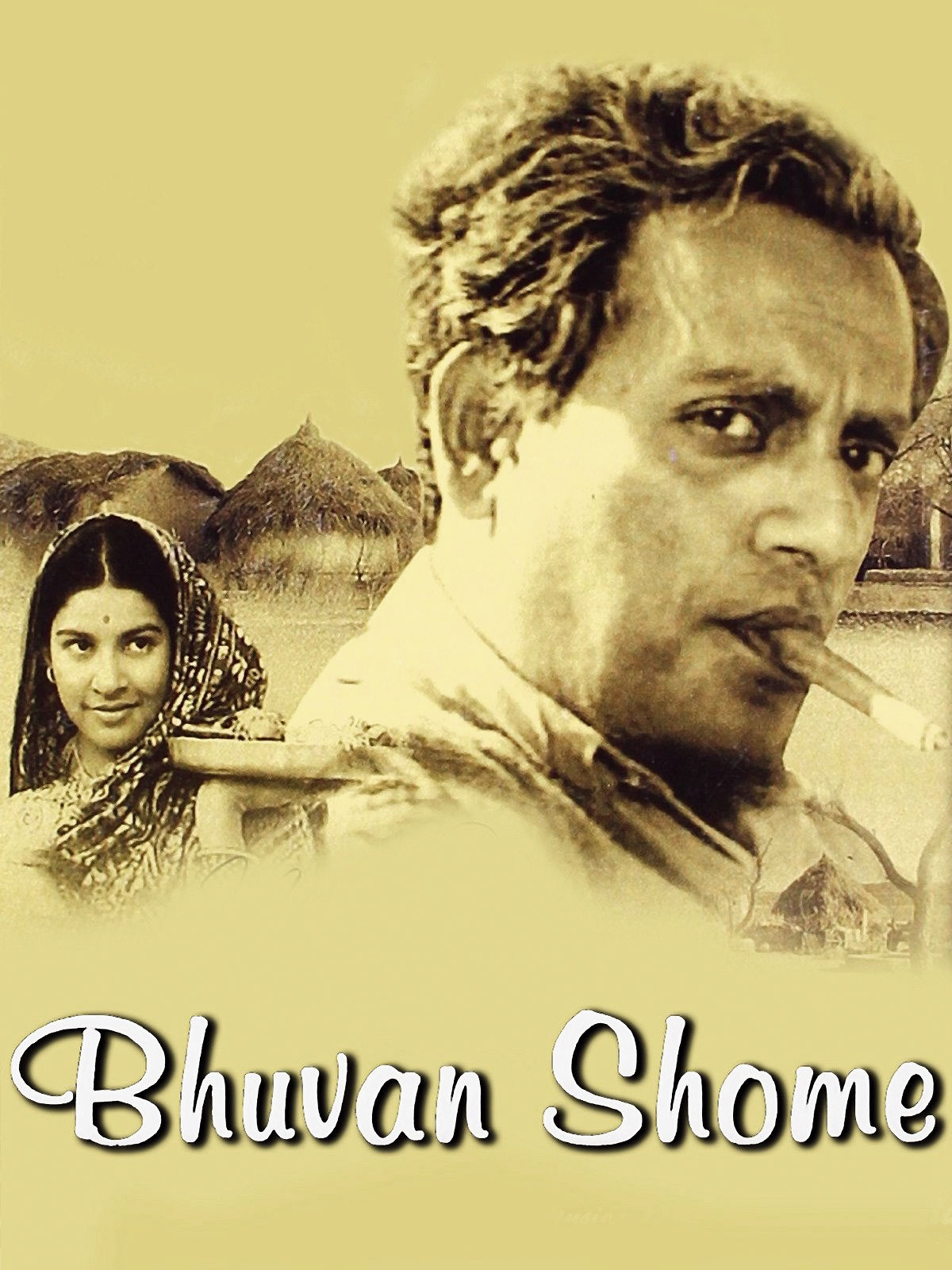
Sourced by the Telegraph
5. This cinema directed by one of the legendary directors of our times received some not-so-kind comments from Ray, who wrote about the movie “a delectable heroine, an ear-filling background score, and a simple, wholesome wish-fulfiling screen story (summary in seven words: Big Bad Bureaucrat Reformed by Rustic Belle) … essentially old-fashioned and Indian beneath its trendy habit.”
Mrinal Sen’s Bhuvan Shome
6. Conversation circa 1960 depicts two figures seated on stools, their bodies facing in opposite directions. The figure on the left has its torso and head turned to face the other person, suggesting the movement of twisting around while engaged in conversation. Who created this paper collage?
Binod Bihari Mukherjee. Satyajit Ray’s documentary The Inner Eye is based on the life of Binod Bihari Mukherjee.
7. What connects Umrao Jaan by Muzaffar Ali, 36 Chowringhee Lane by Aparna Sen, Jangal Mein Mangal by Rajendra Bhatia and Balika Badhu by Tarun Majumdar?
Bansi Chandragupta, who collaborated with Ray from Pather Panchali to Shatranj Ke Khiladi, was the art director in all these 4 movies. Bansi Chandragupta was born in 1924, in the town of Sialkot, now in Pakistan.
Identify the supporting acts
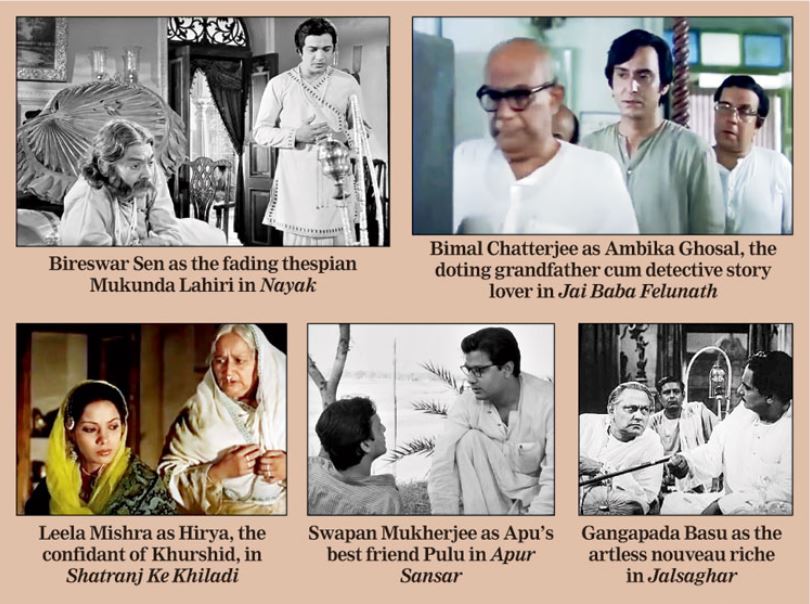
The Telegraph
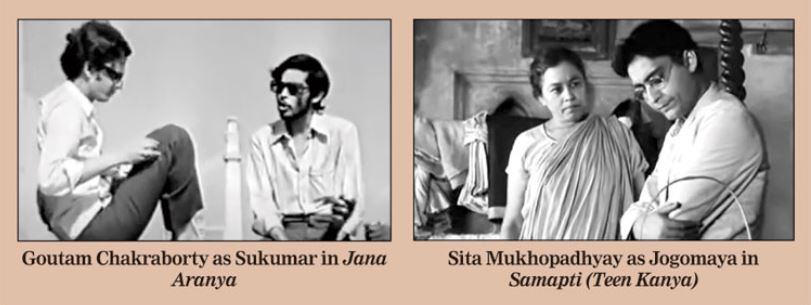
The Telegraph
SpotlIght on props
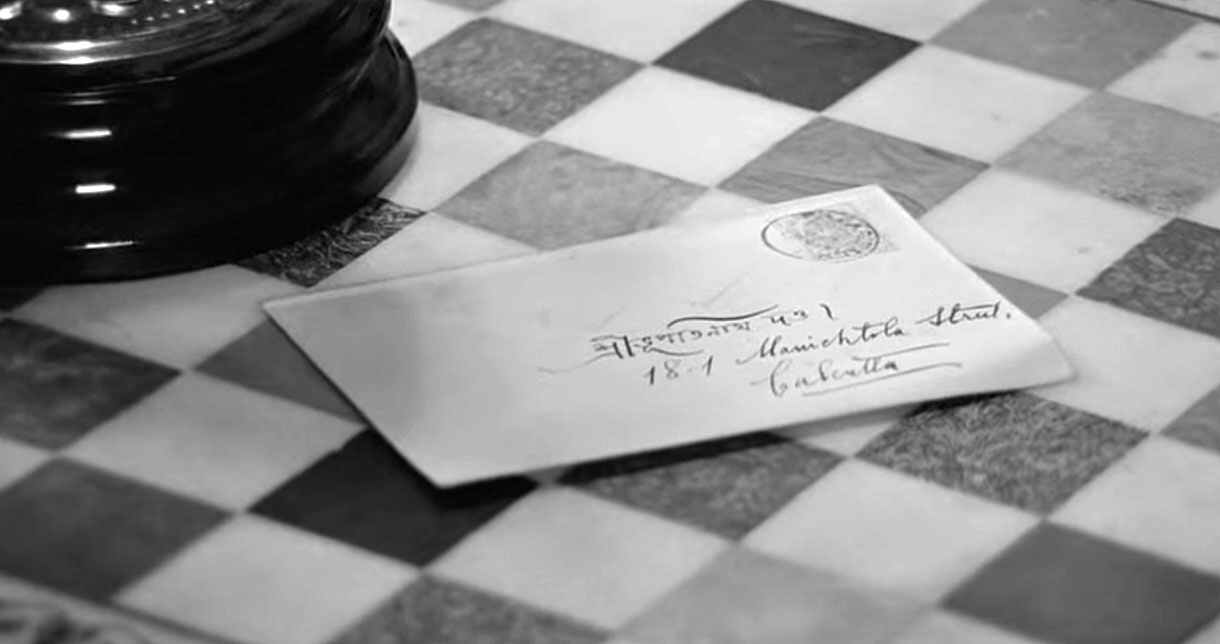
Who wrote this letter which turned the world of the reader upside down in this movie?
Amal (Soumitra Chatterjee) in Charulata

The plank of wood called pniri is a symbol of matrimony in Bengal. For whom is this wooden plank (pniri) getting decorated?
Aparna (Sharmila Tagore) in Apur Sansar
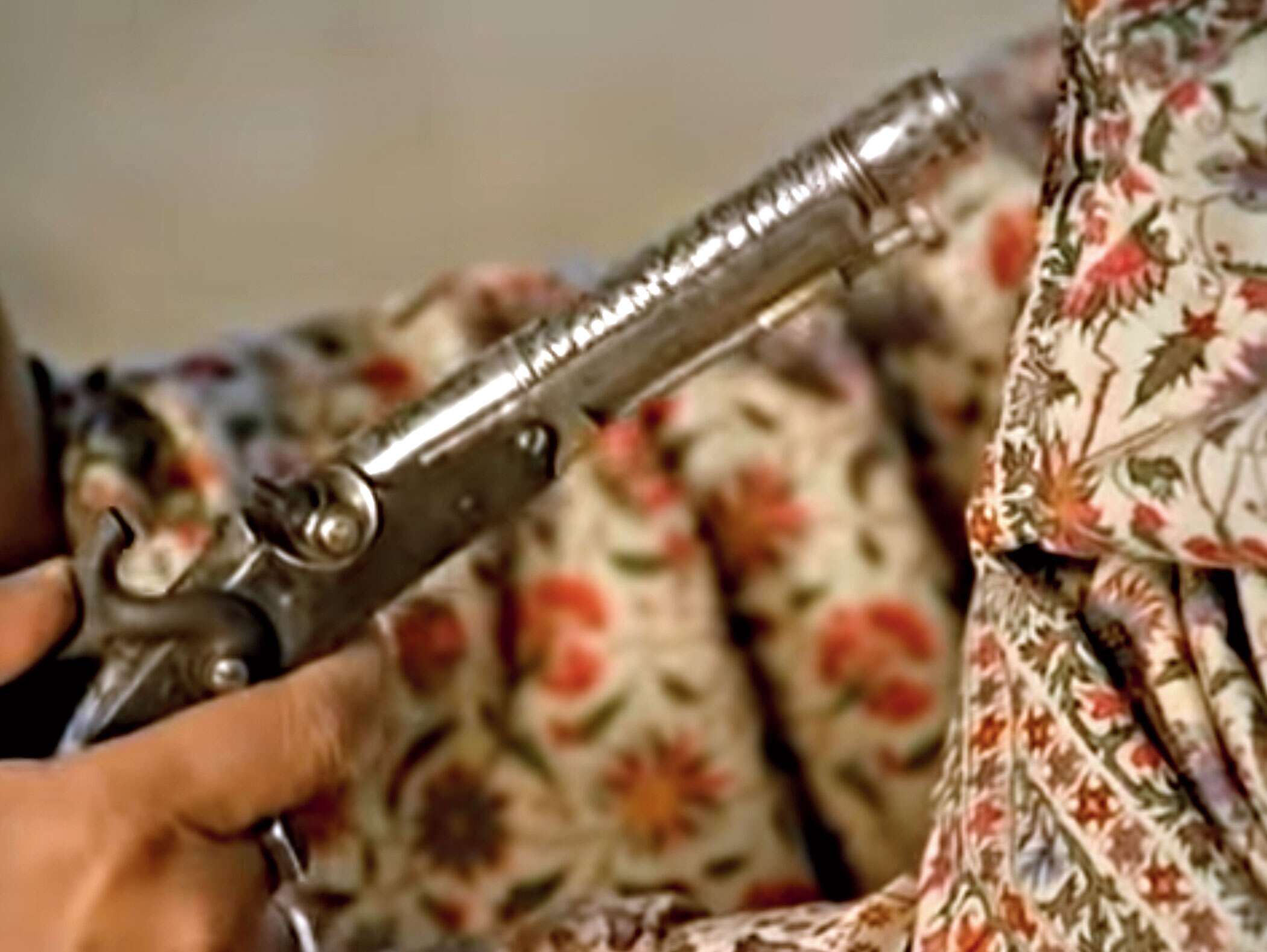
This single shot pistol was slowly getting obsolete during the years this film tries to portray. The more sophisticated ones were becoming more popular. In this shot who is aiming this pistol at whom?
Mir Roshan Ali (Saeed Jaffrey) at Mirza Sajjad Ali (Sanjeev Kumar) in Shatranj ke Khiladi.

In this book, Alan Isaacs sees religious faith as a private necessity for many: for society as a whole, even in the nuclear age, he acknowledges that the concept of God may serve a useful function in the enforcement of moral codes. To whom does this book belong in this film?
Aparna (Sharmila Tagore) in Aranyer Dinratri.
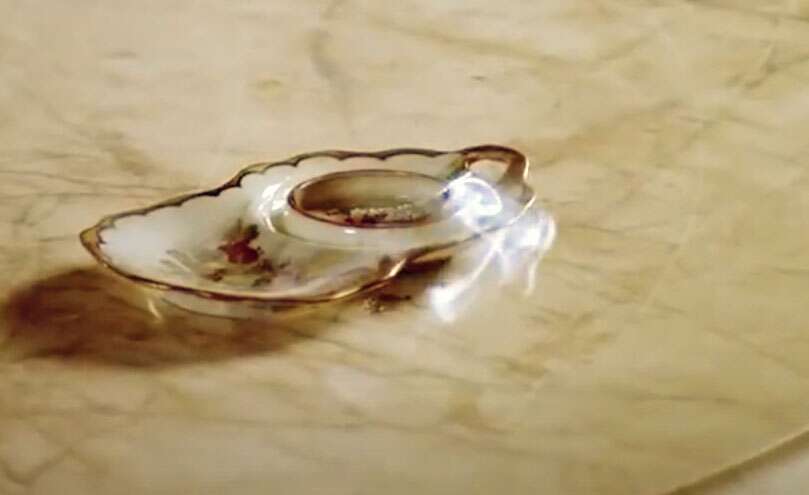
When the cigarette was perhaps more harmful than the smoke... Who did the cigarette belong to before being burnt to ashes in this scene?
Sandip Mukherjee (Soumitra Chatterjee) in Ghare Baire
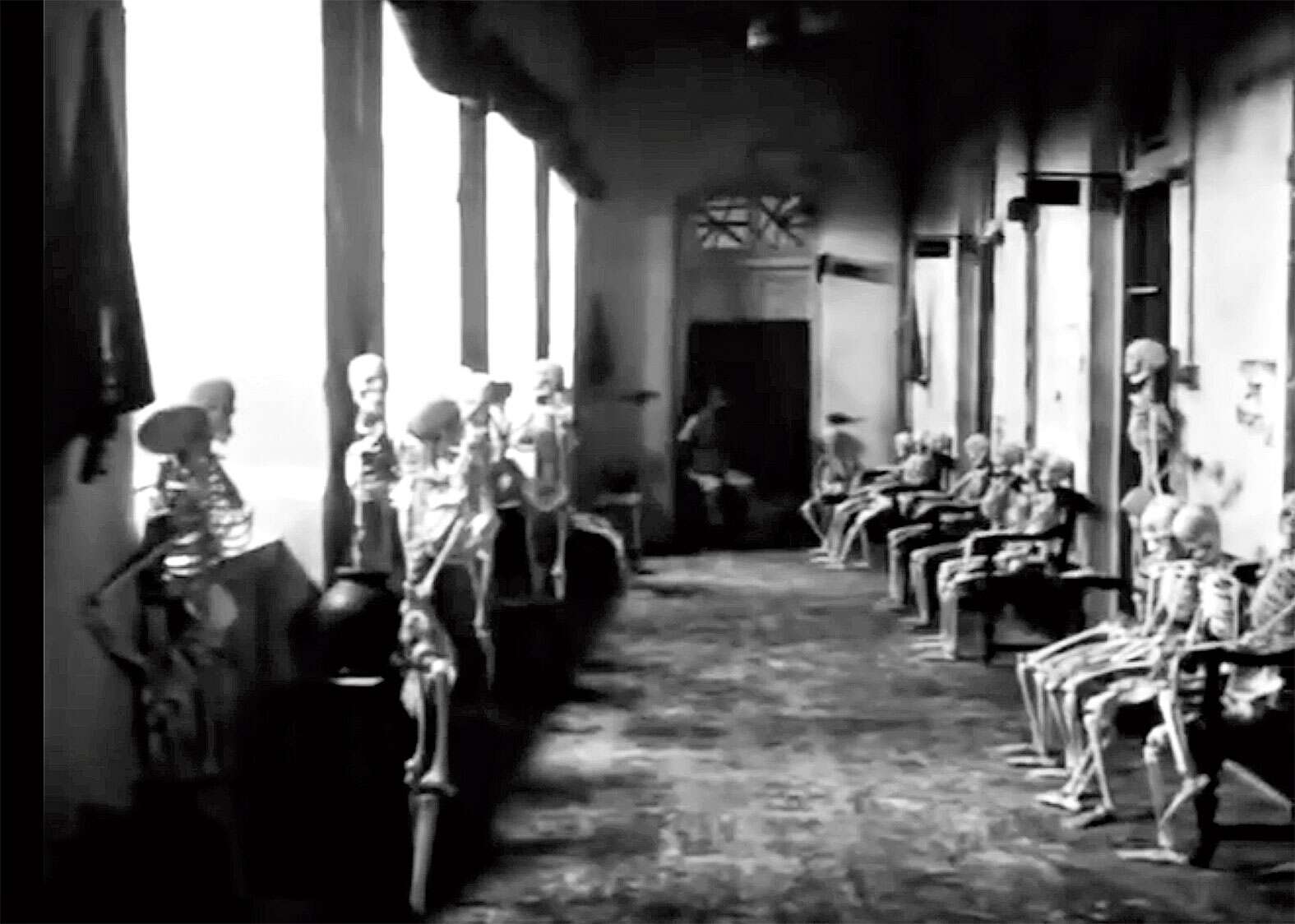
This movie comprises a series of prophetic nightmares, ominous daydreams and memories less about people and more about birds. In this iconic scene, what are these skeletons waiting for?
An interview (Pratidwandi)

Whoever said that we are the sum total of our experiences and not of our possessions, has undermined how our possessions sometimes let the cat out of the bag. Ray’s use of this screwdriver to put this movie en route the climax has been nothing short of a masterstroke. Who was the owner of this screwdriver before this scene?
Manohar Goenka (Jana Aranya)
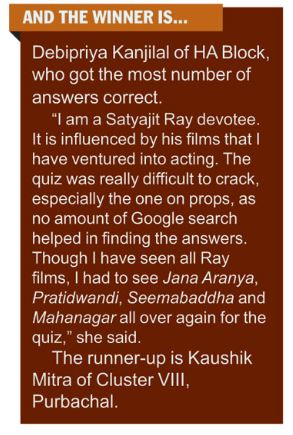
The Telegraph











